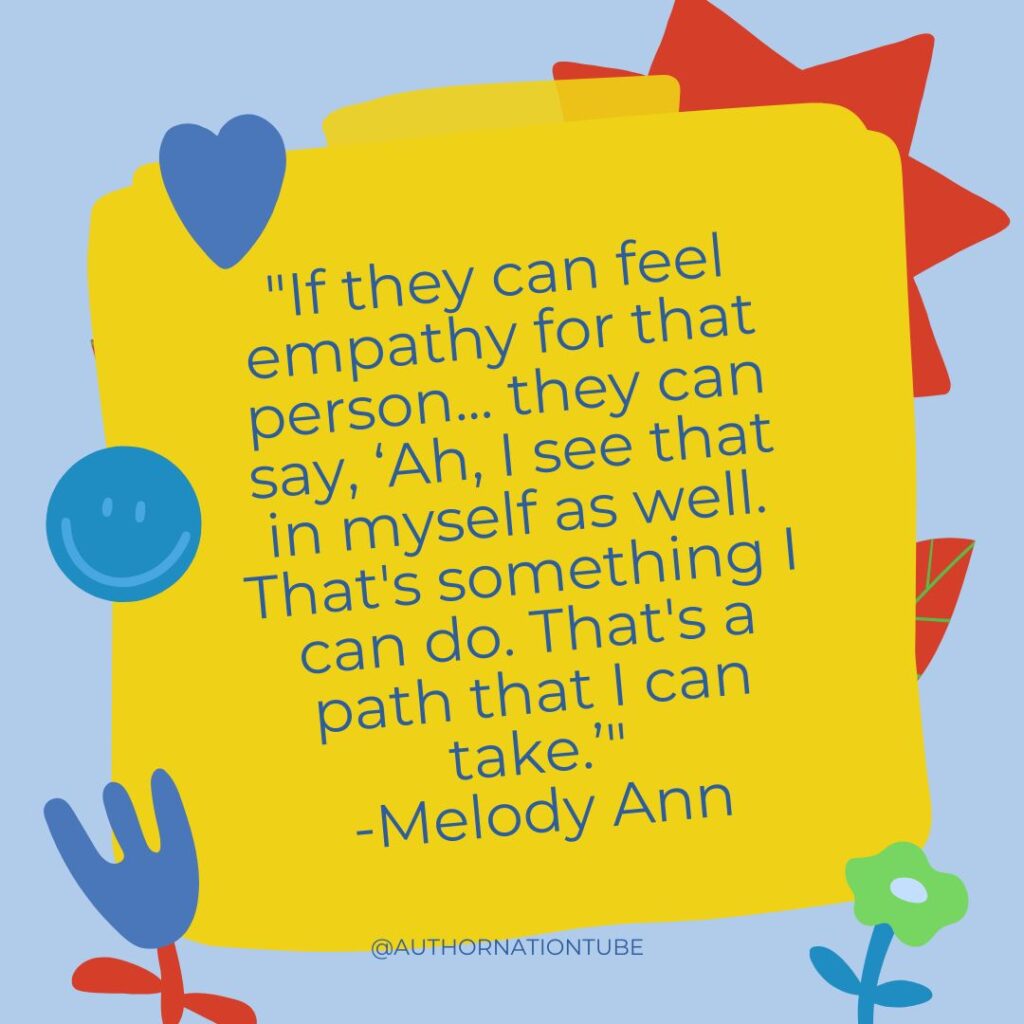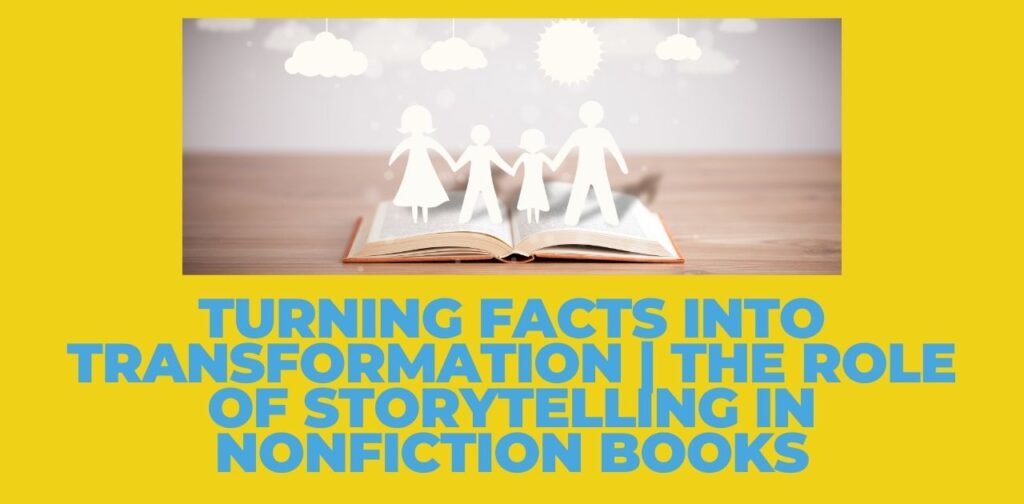Turning Facts Into Transformation: How Storytelling Enhances Your Author Journey
As nonfiction authors, we often grapple with the question: how do we effectively communicate our ideas? The answer lies in the art of storytelling. In a world where readers are bombarded with facts, it’s crucial to recognize that turning facts into transformation is not just about presenting data; it’s about weaving narratives that resonate.
The Misunderstanding of Nonfiction
Some readers express a desire for straightforward facts, believing that stories dilute the essence of nonfiction. However, this perspective overlooks the fundamental purpose of storytelling. Nonfiction should not merely inform; it should inspire action and change. When we pick up a nonfiction book, we seek actionable insights that we can implement in our lives.

Want a step-by-step roadmap to make your book a success? Grab my FREE Book Planning Guide here.
The Role of Storytelling in Turning Facts into Transformation
Stories are not just embellishments; they are essential tools that help integrate information into our lives. They allow us to process complex ideas and retain knowledge more effectively than raw data alone. As humans, we are wired for stories. From childhood, ve been captivated by narratives, and this affinity continues into adulthood.
The Role of Storytelling in Nonfiction Books: Engaging Readers and Simplifying Complex Ideas
In many fields, especially those involving intricate data, the ability to simplify complex concepts is vital. This is where storytelling shines. By sharing relatable anecdotes or real-life examples, authors can guide readers through dense material, turning facts into transformation, and making it more digestible. Remember, behind every statistic is a human story that can bring data to life.
Building Connection and Empathy
Telling personal stories fosters a sense of connection and empathy. When readers see themselves reflected in the narrative, they are more likely to engage with the content. For instance, a neuroscientist might share a personal experience about a loved one’s struggle with Alzheimer’s, creating a bridge between their expertise and the reader’s emotions. This connection is powerful; it encourages readers to invest in the journey of the characters within the nonfiction narrative and bring those ideas into their own lives.
The Importance of Empathy in Nonfiction
Empathy is a critical component of effective nonfiction writing. By crafting stories that evoke empathy, authors can guide readers through transformative experiences. This is especially important for topics that address social justice or personal growth. When readers can empathize with the characters in your book, they may find themselves inspired to take action or reflect on their own lives.
Key Takeaways From 'Turning Facts into Transformation'
Stories enhance understanding and retention of information.
Emotional engagement through storytelling fosters connection and empathy.
Simplifying complex ideas through narratives makes nonfiction more accessible.
Every nonfiction author has a story to tell that can resonate with readers.
Three quick action items you can implement to help you build momentum with Turning Facts into Transformation:
Identify a Personal Story:
Take a few minutes to jot down a personal experience that taught you a valuable lesson or changed your perspective. This story can serve as a powerful introduction or illustration in your writing.
Simplify a Complex Concept:
Choose a complex idea from your manuscript and write a brief analogy or metaphor that relates it to a common experience. This will help you clarify your message and make it more relatable to your audience.
Connect with Your Audience:
Draft a short paragraph that addresses your readers directly. Ask them a question or invite them to share their own experiences related to your topic. This will create a sense of community and encourage engagement with your work.
By implementing these ideas, you’ll not only enhance your writing but also enrich your readers’ experience, making your nonfiction work more impactful.
Conclusion
As you embark on your nonfiction writing journey, remember that storytelling is not just a technique; it’s a necessity. It transforms facts into meaningful experiences that resonate with readers. In my next post, I’ll dive deeper into the neuroscience of storytelling, exploring how our brains respond to narratives. Until then, keep writing and sharing your unique stories with the world. Your words have the power to inspire transformation!
